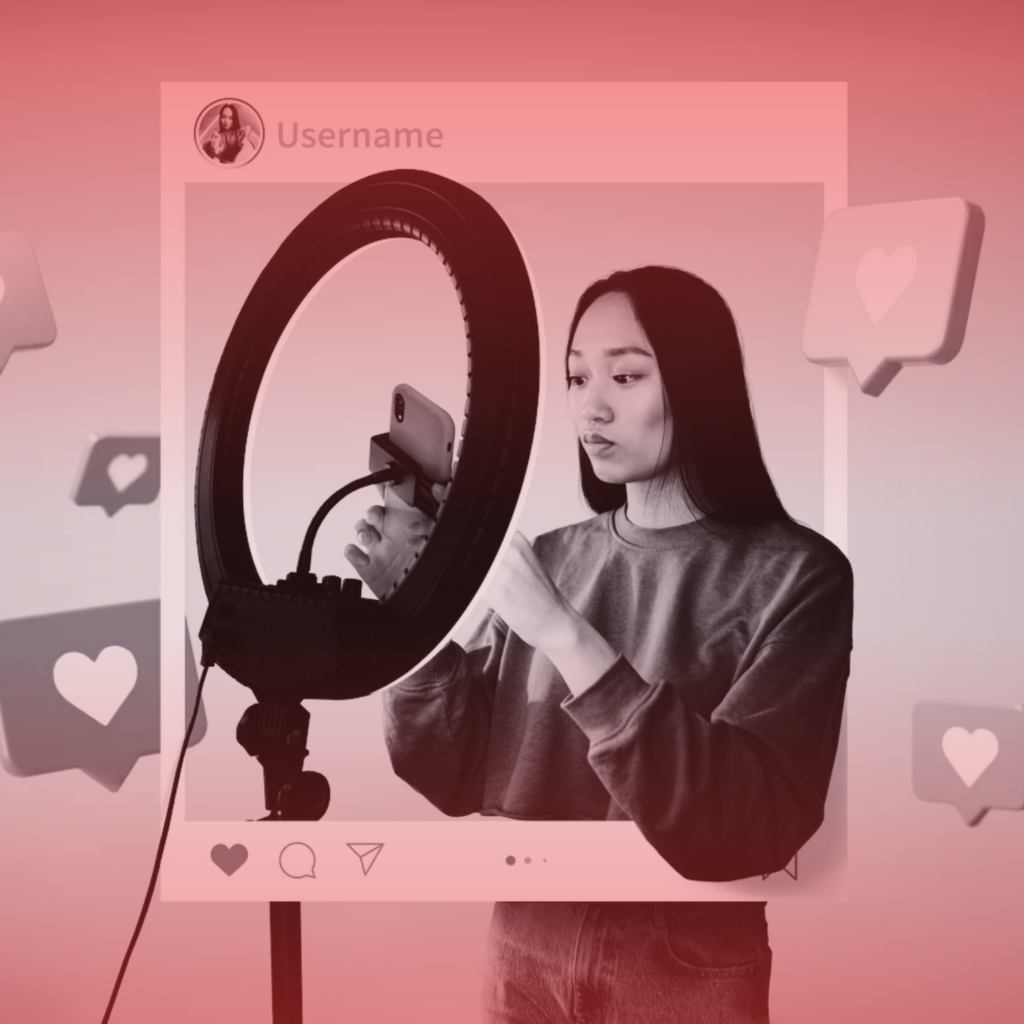In the fast-paced world of app marketing, standing out in an overcrowded marketplace can feel like shouting into the void. With millions of apps vying for attention, even the most well-designed product can struggle to gain traction. But a new hero is emerging in the digital marketing landscape — the micro-influencer.
These are not the celebrity influencers with millions of followers and polished feeds. Micro-influencers are everyday creators with smaller, highly engaged audiences — and they’re quietly becoming the most effective channel for driving real app downloads.
Let’s break down why.
Why Micro-Influencers Work So Well
1. Higher Engagement Rates
Micro-influencers typically have between 1,000 to 100,000 followers, and their secret weapon is trust. Their audiences often see them as peers rather than celebrities, which leads to significantly higher engagement rates — sometimes up to 60% more than macro-influencers.
When they recommend an app, it feels personal. It feels real. And in the age of skepticism and ad-blockers, authenticity drives conversions.
2. Cost-Effective Partnerships
Working with mega influencers or celebrities can be prohibitively expensive for many app marketers. Micro-influencers, on the other hand, offer better ROI. You can often collaborate with a few dozen micro-creators for the same cost as one post from a macro-influencer — and see better results.
This allows you to test different audiences, messaging styles, and platforms without blowing your entire marketing budget.

3. Niche Audience Access
Apps today often serve niche audiences — from fitness enthusiasts to language learners to productivity nerds. Micro-influencers often build tight-knit communities around specific interests, making them perfect partners for laser-focused targeting.
If your app helps people manage their finances, a micro-influencer who shares budgeting tips on TikTok is gold.
INFLUENCER MARKETING FOR APPS
Ready to harness the power of micro-influencers for your app? Here’s a quick playbook:
1. Choose the Right Influencers
Look beyond follower count. Prioritize:
- Engagement rate (likes, comments, shares)
Relevance to your app’s niche
Content quality and authenticity
Past brand collaborations
2. Give Them Creative Freedom
Instead of handing them a script, give influencers the freedom to tell your app’s story their way. Their followers trust their voice — not yours. Authenticity outperforms perfection.

3. Track the Right Metrics
Don’t just count likes. Focus on:
Click-through rates to your App Store or Google Play link
Cost per install (CPI)
Retention and in-app engagement post-download. Use platforms like Branch, Adjust, or Bitly to track performance and refine your campaigns.4. Think Long-Term
Pro Tip: Combine Micro-Influencers With Paid Ads
You can amplify influencer content through whitelisting, where you run paid ads directly from the influencer’s profile. This merges the authenticity of influencer content with the reach of performance marketing — a potent combo for app marketers.

Real Results: A Quick Case Study
A language learning app recently partnered with 20 micro-influencers on TikTok, each with 10k–50k followers. Over the course of two weeks, they created short, humorous videos showing how the app helped them learn phrases quickly.
The result?
120K+ installs
CPI reduced by 35%
A 40% increase in 7-day retention rate
All for a fraction of the cost of a traditional ad campaign.

FINAL THOUGHTS
In a world where people are bombarded with content and ads, authenticity wins. Micro-influencers may not have the largest platforms, but they have something far more valuable: influence that feels personal.
If you’re in the app marketing game, it’s time to stop chasing celebrity endorsements and start building relationships with the creators your audience actually listens to.

